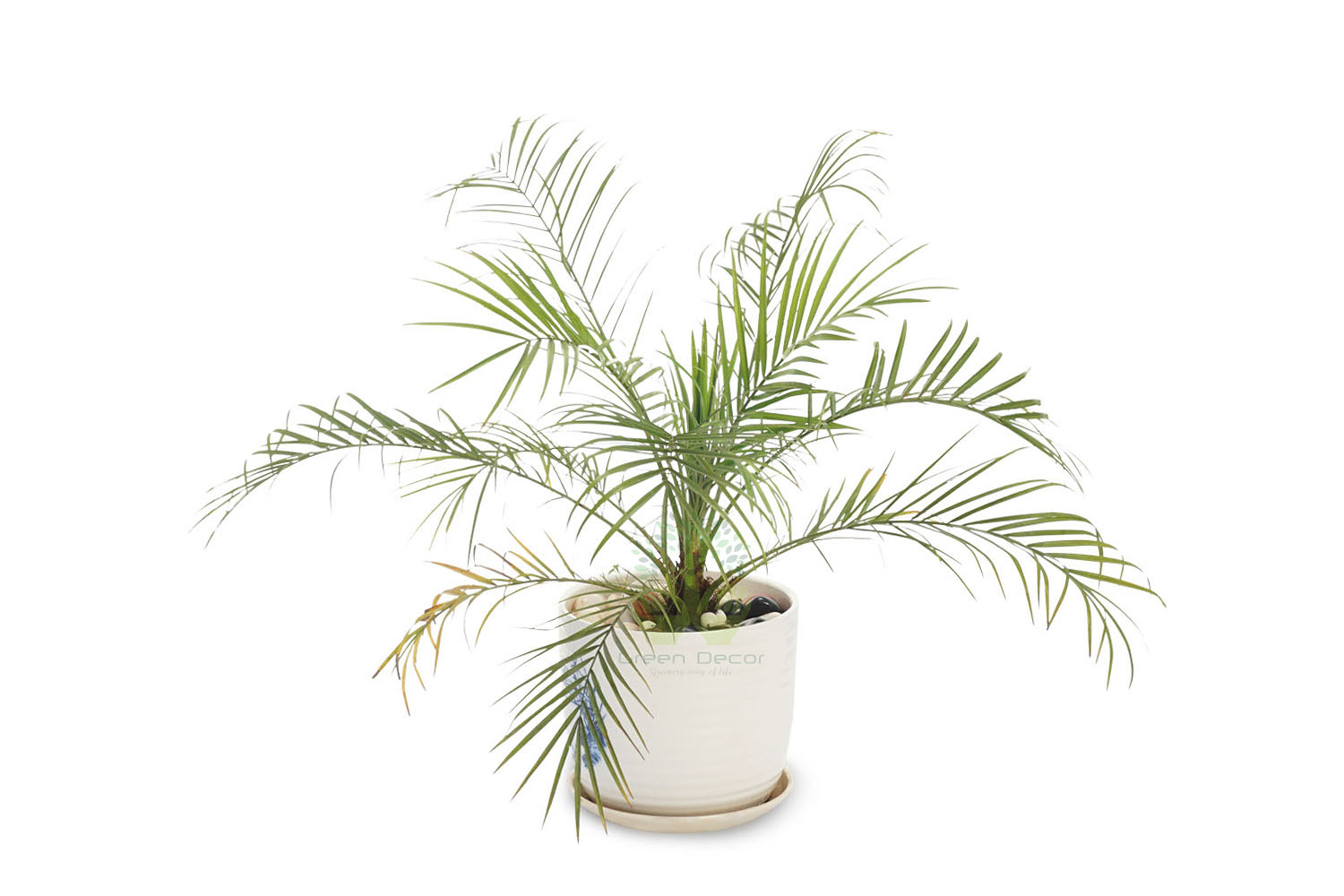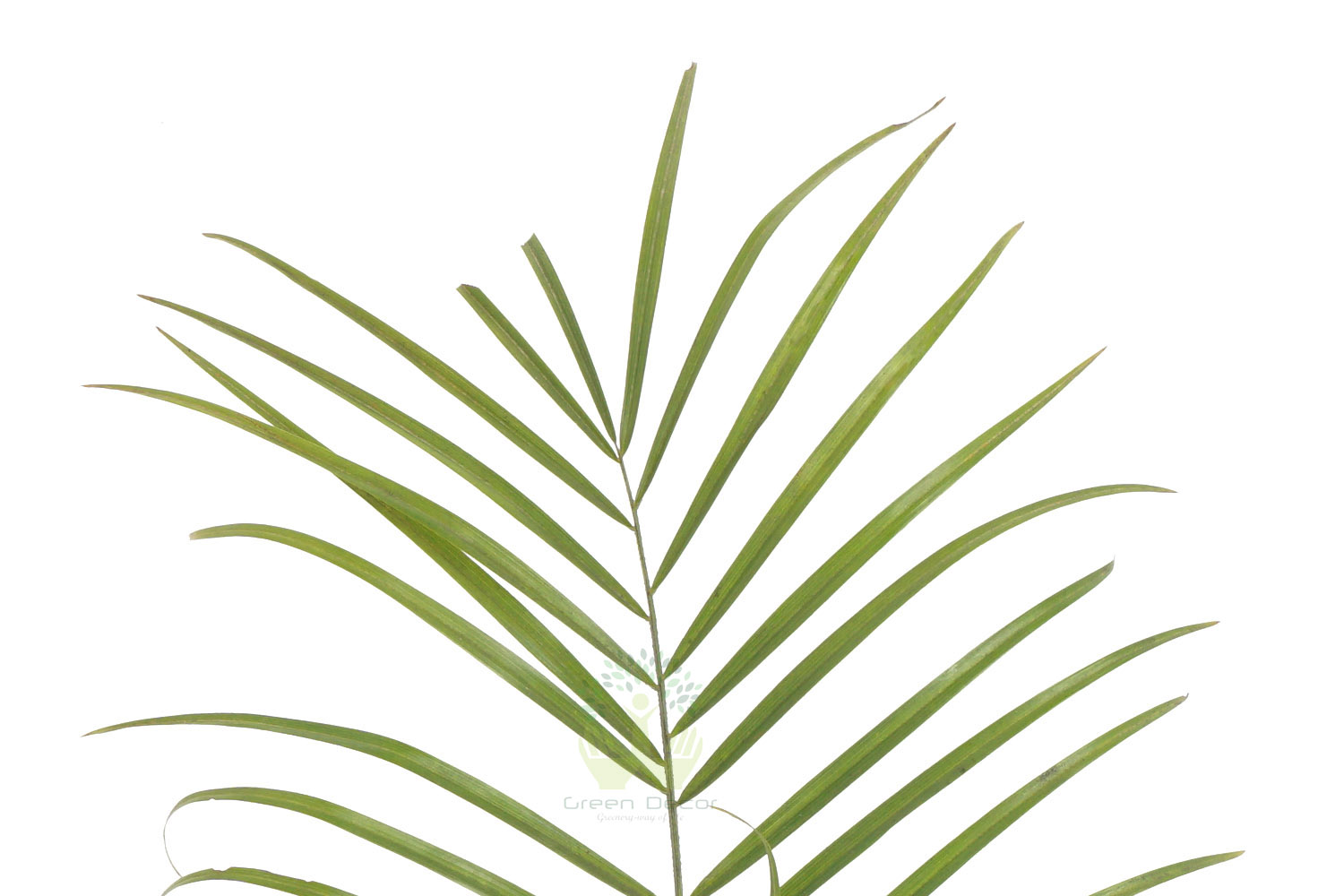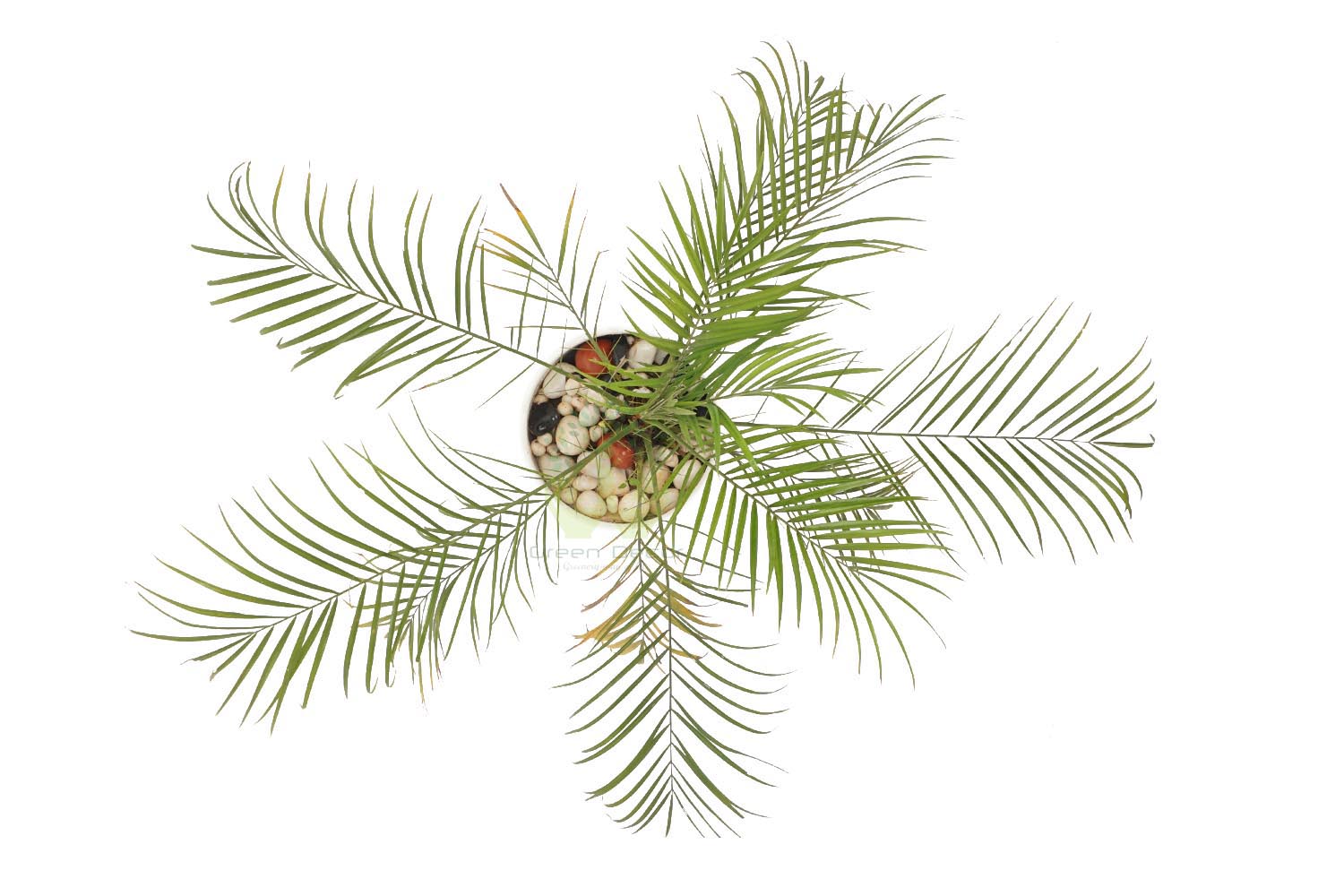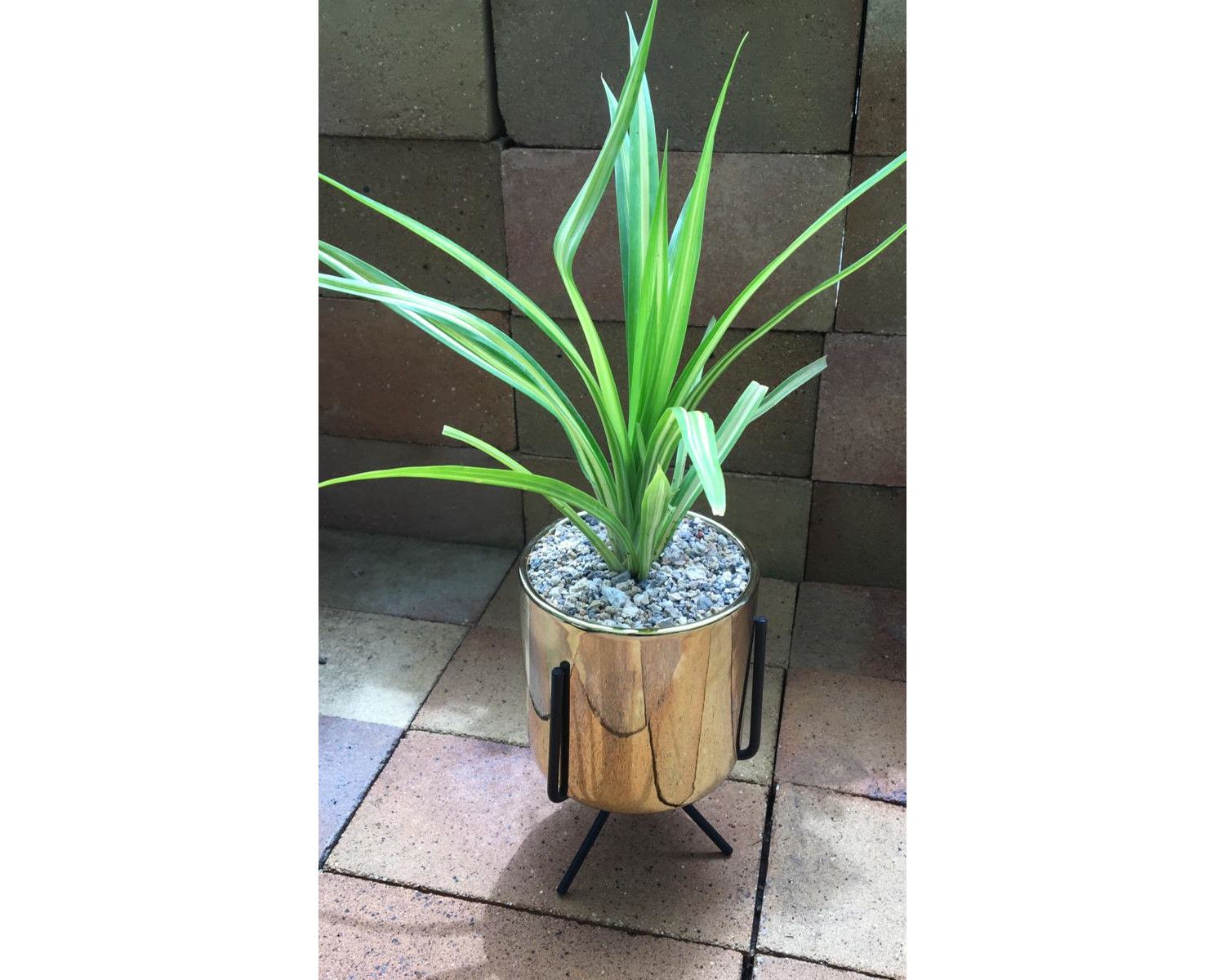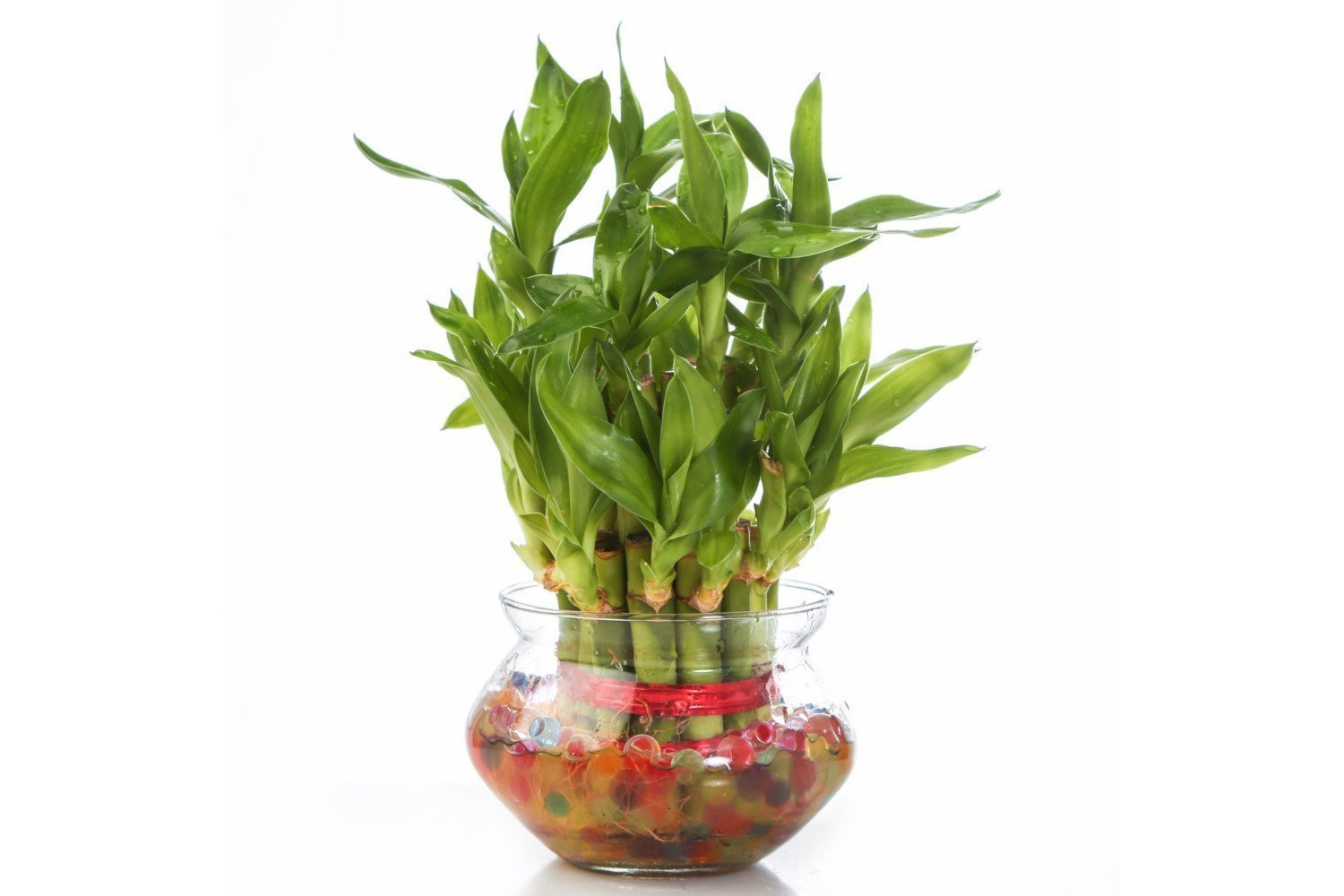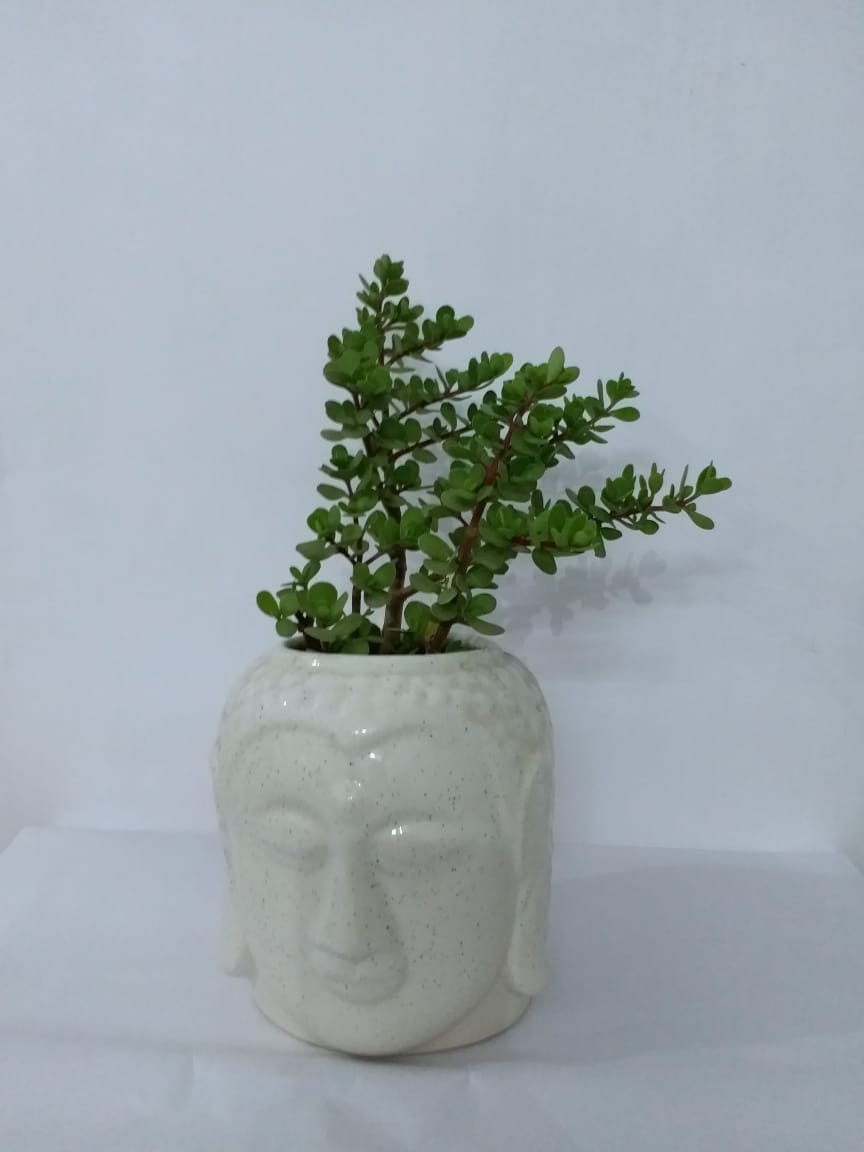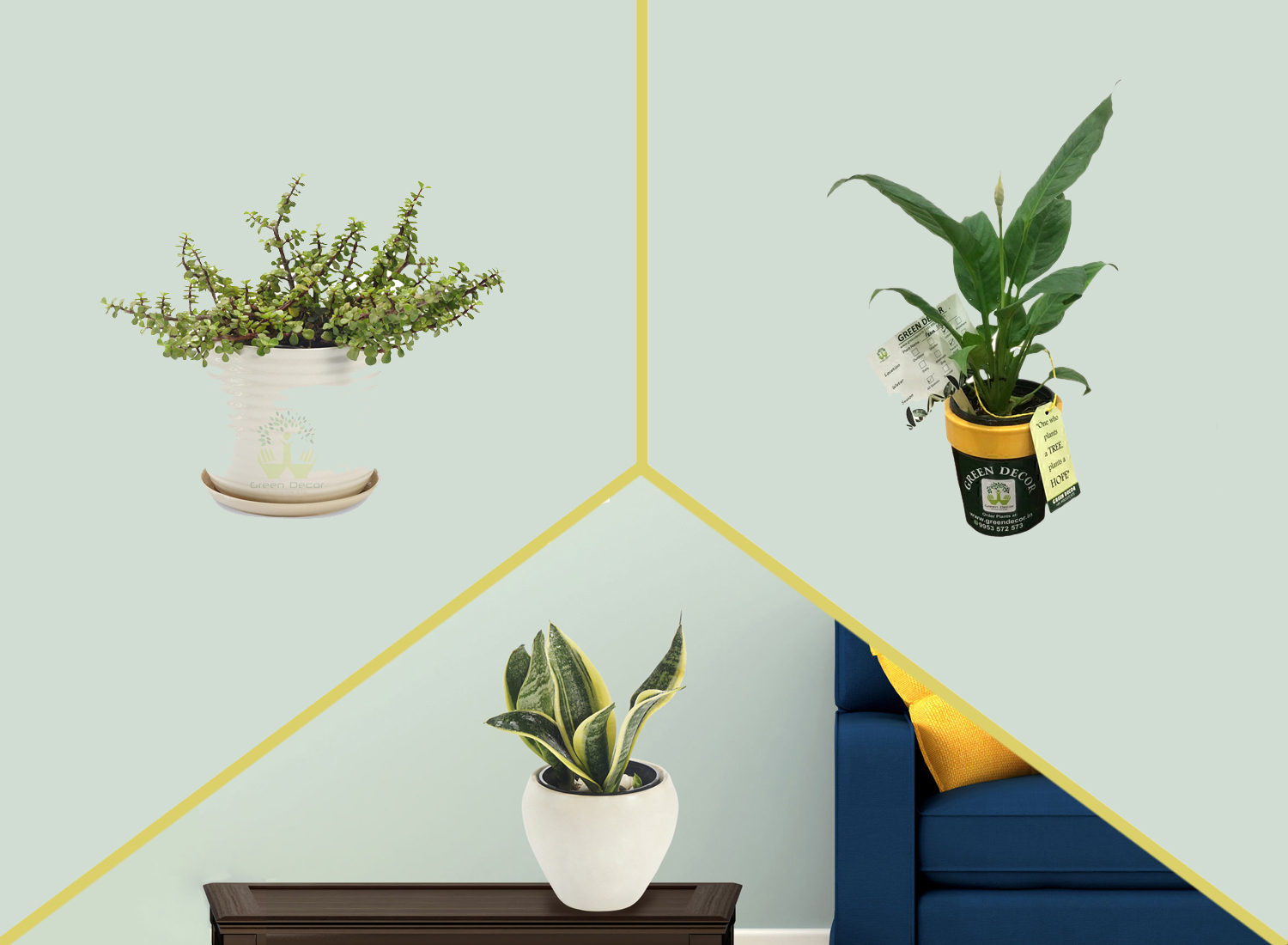Dwarf Date Palm
495
Maintenance Level
Low
Placements
Outdoor-Sunny
Toxic
NO
Fragrance
None
Seasons
Spring Summer
Plant Height
20" to 50"
Water Frequency
Winter
Twice Week
Summer
Daily
Fertilizer Frequency
Winter
2-3 Month
Summer
1-2 Month
- About Dwarf Date..
- How To Grow Dwarf Date..
- Benefits of Dwarf Date..
- Maintenance Tips
- Shipping Info
A dwarf date palm is the smallest type of date palms and is easier to plant and care for than other types of palms. It is characterized by a spiky brown trunk with long leaves that drape down to shade the length of the plant. This type of palm is ideal for more temperate and tropical climates, as it does not grow well in extreme cold or heat. Dwarf date palms are also an attractive plant for a smaller garden and yard or for a greenhouse.
Soil Need
Potting Soil Mix
Fertilizer (type)
Nitrogen Phosphorus Potassium Fertilizer
Growth Pattern
Moderate
Pruning
3-4 Month
Re-Potting
Every 13-14 Month
Process :
1. Pygmy palms thrive in full sunlight or partial shade and tolerate nearly any type of well-drained soil.
2. Dig a hole that's at least 6 inches larger than the width of the container, and deep enough to cover the root ball with 2 to 3 inches of soil.
3. Fill the bottom of the hole with about 2 to 4 inches of sand to ensure proper drainage.
4. Cover the surface with mulch. Spread mulch 2 to 3 feet around the base of the plant. This will keep the soil moist and prevent an onslaught of weeds.
5. Water your palm immediately after planting. During hot summers, water your palm three times per week to keep its leaves green.
1. Adds Beauty to the Garden
Do's
1. Creating a slightly raised bank around the palm's base helps hold water near the trunk as you irrigate, thus reducing water runoff.
2. Use a slow-release, 8-12-12 fertilizer every three months between early spring and early autumn. Sprinkle the fertilizer evenly on the ground.
Don'ts
1. Do not place material such as compost, mulch or peat moss in the bottom of the hole, and do not amend the removed soil.
